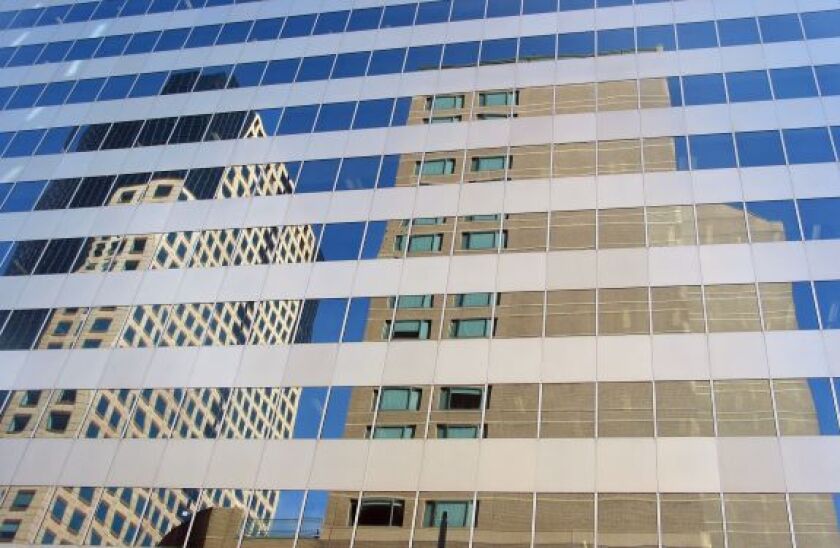Soaring CMBS delinquencies a preview of pain ahead

Loans packaged into US commercial mortgage-backed securities (CMBS) delinquent by 30 days or more have quadrupled, according to remittance reports published in May, as the economic devastation of the coronavirus pandemic ripples through the financial system. Market participants fear record levels of distress if borrowers that are now in their grace periods add to the figures in the coming month, writes Max Adams.
Unlock this article.
The content you are trying to view is exclusive to our subscribers.
To unlock this article:
- ✔ 4,000 annual insights
- ✔ 700+ notes and long-form analyses
- ✔ European securitization issuance database
- ✔ Daily newsletters across markets and asset classes
- ✔ 1 weekly securitization podcast
